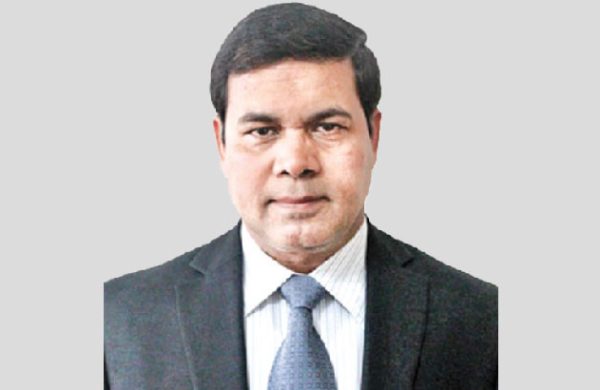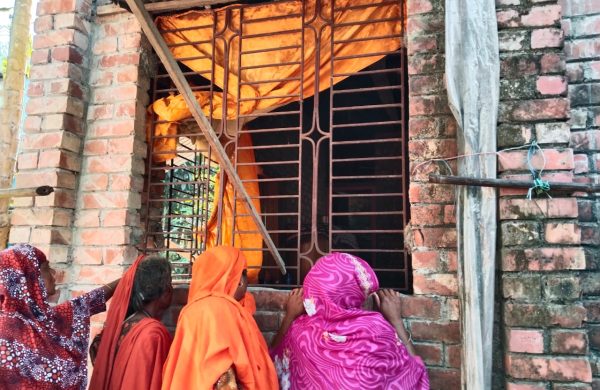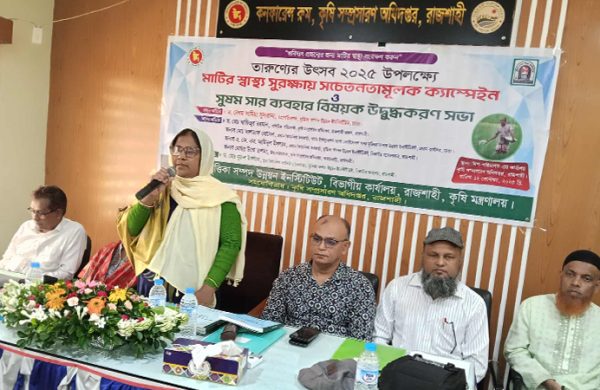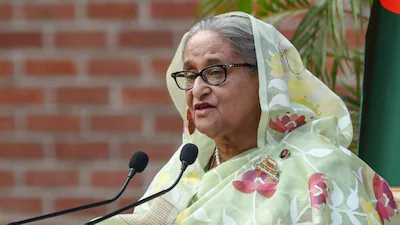Why consolidation is crucial for Bangladesh’s banking future
- Update Time : Sunday, February 9, 2025

—Syed Sadaf Sultan—
By all objective measures, Bangladesh’s banking system is overcrowded. There are 62 scheduled banks under the supervision of Bangladesh Bank, a number that far exceeds that of regional peers when considering banks per capita.
To put this in perspective, India, despite having a population nearly eight times that of Bangladesh, has only 137 scheduled banks—just over twice the number in Bangladesh. Moreover, India’s banking system has proven significantly more effective in terms of service penetration: approximately 78 percent of Indians own a bank account compared to only 53 percent of Bangladeshis.
In addition to lower reach, Bangladesh’s banking sector struggles with performance. The non-performing loan (NPL) ratio in India stands at around 3 percent, while in Bangladesh, it has skyrocketed to a staggering 13 percent of all outstanding loans (a conservative estimate that may increase further), indicating severe governance and risk management issues.
This raises a critical question: If having more banks hasn’t translated into better outcomes, should a reduction in the number of banks be considered as part of the broader reform agenda? And, perhaps most importantly, what approaches can be pursued to drive this consolidation process, and what are the trade-offs involved?
WHY IS BANKING SECTOR CONSOLIDATION NECESSARY
The overbanked yet underperforming state of Bangladesh’s banking sector is no coincidence. Over the past few decades, the proliferation of commercial banks has been fuelled by a political culture that treats banks as tools for patronage and, at times, avenues for looting. This unchecked expansion, driven more by political interests than economic needs, has created systemic vulnerabilities.
The consequences are stark. NPLs have surged to an alarming $17 billion, posing a severe systemic risk to the financial sector. The threat of contagion is real: The failure of weak banks with hollowed-out balance sheets could ripple across the system, eroding depositor confidence and destabilising the economy.
To date, Bangladesh Bank has relied on stopgap measures, such as printing money with the intention of mopping it up later, to provide liquidity support to struggling banks. While this offers temporary relief, it does little to address the structural flaws: poor governance, lack of accountability, and unsustainable banking practices.
Experts often point to improving governance across the entire banking system as the solution. However, reforming governance across dozens of weak banks is a monumental challenge. It would require replacing entire boards, overhauling management teams, and retraining operational staff. Even with these measures, weak banks would still face the uphill battle of growing their balance sheets in a contractionary monetary environment.
In light of these challenges, consolidation of the banking system emerges as a pragmatic solution. A smaller banking system would be simpler to govern, more resilient, and better equipped to support sustainable economic growth. In fact, many countries operate with a “Big 4” banking model, where a few dominant, systemically important banks form the backbone of the financial system. These banks are closely regulated and often focus on wholesale and large-scale lending, while smaller, specialised institutions cater to niche markets and underserved segments.
POSSIBLE APPROACHES TO BANKING SECTOR CONSOLIDATION
The immediate objective of consolidation in Bangladesh’s banking sector would be to protect depositors and prevent systemic collapse. Potential approaches include shuttering non-viable banks, merging a large number of weak banks together, or integrating weak banks into stronger ones. Each method poses unique challenges and demands careful consideration of the specific circumstances surrounding the banks involved.
The first approach, shutting down non-viable banks, should focus on institutions with hollowed-out balance sheets due to irrecoverable loans. The assets of these banks can be transferred to a government-backed asset management company (AMC) for a token value, while depositors can be compensated using government funds. While this approach ensures deposit holders are made whole, it carries the significant downside of being inflationary if it relies on money printing to fund the initiative. Therefore, it should be limited to the smallest, weakest banks to minimise money printing and its inflationary impact.
Another approach is to merge banks with similar client bases and products to create larger, more resilient institutions. Islami Shariah-based banks, many of which have been severely affected by corruption, could be prime candidates for this strategy. Such consolidation could be supported by capital injections through foreign direct investments (FDI), particularly from Middle Eastern sovereign wealth funds or banking groups capable of providing patient capital and expertise. However, this approach hinges on the ability to attract foreign investments into a distressed and fragmented banking system—a task that will require offering incentives such as tax holidays, exemptions from capital gains tax, and other similar measures.
A final approach, though controversial, is forced consolidation, where weak banks are merged with stronger ones. Even though forced, such a strategy would require substantial liquidity support and regulatory flexibility to ensure it does not significantly impair the financial health of strong banks. To make these deals more viable, the most toxic loans of the weak banks must first be transferred to a government-backed AMC and excluded from the consolidation process. Strong banks must also be granted the discretion to close overlapping branch networks, cherry-pick assets, and selectively retain only essential staff from the weak banks. However, even with such adjustments, strong banks will have little incentive to take on this burden, making forced consolidation a solution that should likely be reserved as a measure of last resort.
NAVIGATING THE PAIN
There is no painless solution for Bangladesh’s banking system. Short-term turmoil is inevitable—equity holders of failing banks may be wiped out, and job losses in the sector will be significant. Inflation may spike if significant money printing becomes necessary. Yet, much like treating a sick patient, the medicine must be administered even if distasteful. The focus must remain on managing the immediate side effects while driving the sector towards a full recovery.
The alternative—propping up failing banks indefinitely with government funds—is unsustainable. It merely postpones the inevitable while compounding the cost of reform. Pursuing consolidation will require more than policy directives—it will demand tailored deal-making and robust post-merger integration support. The interim government and Bangladesh Bank must be prepared to engage deeply, navigating complex negotiations to steer this process towards success.
————————————————————
Syed Sadaf Sultan is the founder of Finprojections, a financial consultancy firm, and a former private equity investor based in Singapore.



















